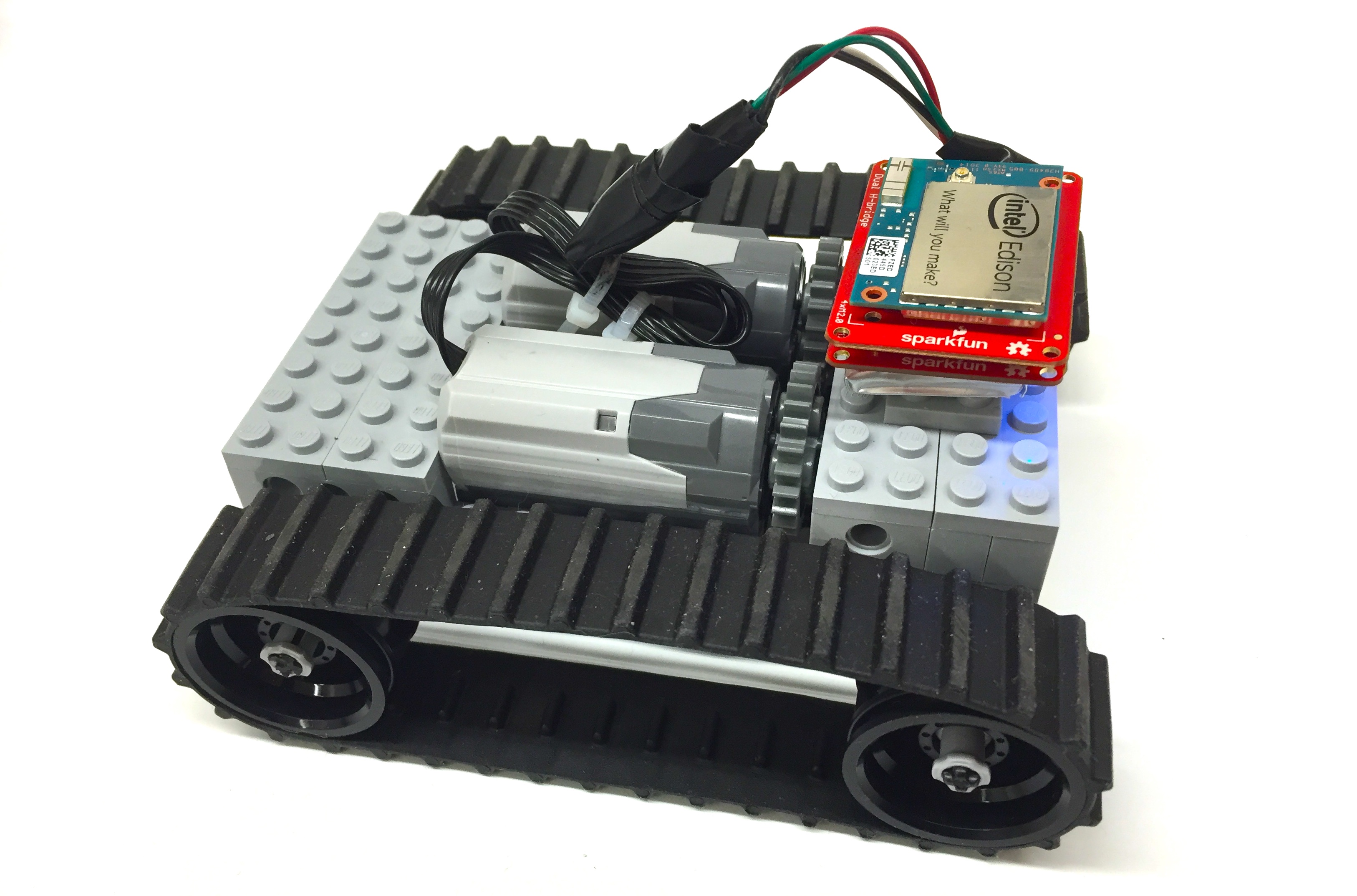








• Designed a guitar playing robot, which includes a control module, a left hand module, and a right hand module. • Used an Intel Edison for the control module, which interacts with human using voice control, interprets music, and makes actuation commands for the left hand and the right hand. • Implemented the left hand module with solenoids to press guitar strings. • Implemented the right hand with servos to pick the strings. • Did waveform analysis on the recorded performance of the robot. • Collaborated with Joshua Rooks, Hanwen Wang, and Tianrui Zhang. Video demos can be found here. Report paper can be found here.
• Designed and implemented a novel occupant locating system with wireless PIR sensor network. • Implemented a detection range constraining method for PIR sensor. • Used our detection range constraining for our occupant locating algorithm, instead of the computationally heavy probabilistic algorithms in most of current PIR-based surveillance systems. • Implemented an IR communication between the sensor nodes. • Utilized cloud to share occupant location information with other systems. • Collaborated with Xiangrui Liu and Shubham Khandelwal. Video demos can be found here. Report paper can be found here.
• Designed two versions of Lego robots for undergraduate courses to teach embedded systems and robotics. • Used the Intel Edison for robot control. • Implemented APIs to help students program the robot. • Implemented demos including Android smartphone controller, collision avoidance, and cloud-based control. Video demos on v.1 can be found here. Video demo on v.2 can be found here.
• Built an adaptive power model for CPU that adjusts power model parameters automatically and instantly. • Implemented on Odroid-XU+E, which includes Samsung Exynos 5 Octa and on-board I2C power sensors for CPU cores. • Investigated CPU migration method of ARM's big.LITTLE architecture. • Built an execution time model for simple tasks to characterize energy consumption. • Collaborated with Xiangrui Liu. Video demo can be found here. Report paper can be found here.
• Designed speaker identification system that takes input from speakers, uses feature extraction and classification, and then identifies the speaker. • Used Mel Frequency Cepstral Coefficients (MFCC), Linear Prediction Coefficients (LPC), and prosodic features for classification. • Designed the classifier with multiple Gaussian Mixture Models (GMMs), whose outputs are weighted and combined for final decision. Report paper can be found here.
• Implemented a human guidance system that assist a cycler in improving his/her performance by comparing the user's cycling style with the optimal style to provide appropriate feedback to the user. • Used accelerometer sensors to collect acceleration data from the user's feet to classify the angle of the feet at certain positions. • Implemented a video player for instructional videos, scoring system to track progress, and real-time guidance system. • Programmed in Java for Android devices. • Collaborated with Paul Algozzini and Alan Liao. Video demo can be found here.
• Designed and implemented an FPGA that performs 4x4 matrix multiplication. • Optimizing the throughput, area, and accuracy. • Designed a fetch module to incorporate pipeline concept to the system. Report paper can be found here.
• Implemented a ZigBee transceiver in Matlab/Simulink. • Implemented Offset Quadrature Phase Shift Keying (OQPSK) modulation for the transmitter. • Used MSK coherent detection technique for the receiver. • Simulated the system with 10db AWGN channel. Report paper can be found here.